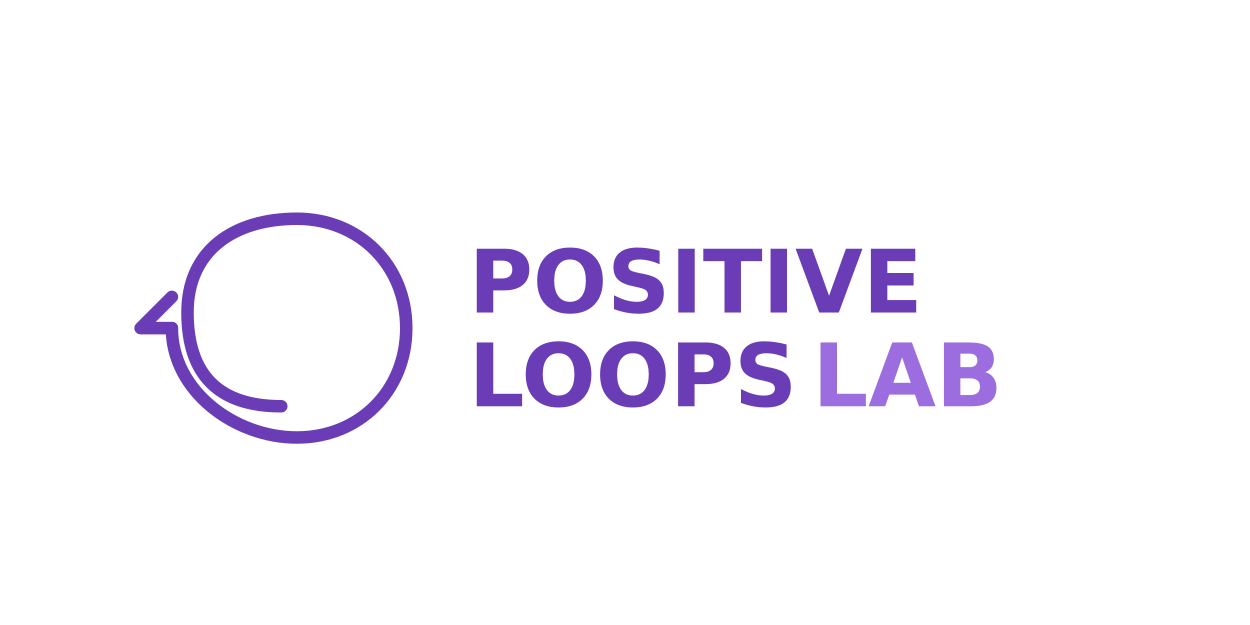This article is part of a six-part series examining how traditional financial reporting standards can transform social outcomes reporting in financial inclusion. Each piece explores one qualitative characteristic from financial reporting and provides practical guidance for applying it to social impact measurement.
Understanding Understandability in Social Outcomes
Understandability means communicating information simply, and clearly.
It requires balancing technical accuracy with accessibility, recognising the diverse backgrounds and needs of different audiences. Financial reporting, already has years of presenting reports that are consistent, with relatively clear language, and context. These elements help diverse stakeholders interpret financial data, even with varying levels of financial literacy. Social outcomes reporting demands similar clarity.
Most impact reports in financial inclusion are filled with data without context, and fail to explain the significance of findings, or how to use them. Stakeholders end up not using reporting to improve their work.
Why Understandability Matters
Poor clarity in reporting creates multiple problems:
- Poor Decision Making: When stakeholders misunderstand information, they make suboptimal decisions
- Engagement Barriers: Confusing reports discourage stakeholders from using impact data and engaging in improvements
- Erosion of Trust: When information is confusing, trust in organisations and the sector declines
Without understandablity, even the most rigorous impact reporting fails to be valuable.
Steps to Implement Understandability in Social Outcomes Reporting
1. Conduct Audience Analysis
Start by understanding who needs to comprehend your reporting:
- Identify all stakeholder groups (clients, staff, board, investors, etc.)
- Document their characteristics (data literacy, technical expertise, familiarity with your work)
- Assess their specific information needs, and decision contexts
- Identify potential barriers to understanding for each group
Different audiences require different approaches to communication.
2. Establish Data Hierarchies & Structures
Create clear organisational structures for your reporting:
- Develop information hierarchies from most to least important
- Implement layered disclosure - presenting basic information, with options for more detail
- Design consistent structures across all reporting
- Create narrative frameworks that connects data to meaning
Well organised information is much easier to understand.
3. Design Language Standards
Develop guidelines for clear communication:
- Establish target reading levels for different audience segments
- Create policies governing when and how to use technical terminology
- Develop plain language alternatives for specialised terms
- Create a glossary of impact terminology with clear definitions
Appropriate language is fundamental to comprehension.
4. Implement Visual Communication Systems
Use visual elements to enhance understanding:
- Develop consistent approaches to charts and graphs
- Create visual hierarchies that emphasise important information
- Establish colour coding systems with consistent meanings
- Design layouts that prevent overwhelm
Well designed visuals can communicate complex information simply.
5. Design Context Enhancement
Provide the background needed to interpret information:
- Include baseline data for comparison
- Identify significance indicators that explain what changes matter
- Create "so what" statements that explain implications
- Develop context graphics that place data in broader perspective
Without context, metrics are just numbers, without meaning.
6. Simplify Technical Concepts
Make complex concepts accessible:
- Create processes for simplifying technical information
- Develop guidelines for explaining statistical concepts
- Replace jargon in structured ways
- Establish technical appendices that separate detailed information from main findings
Simplification means making information accessible to everyone, pushing the mission forward.
7. Implement Feedback Systems
Verify that your communication achieves understanding:
- Develop protocols for testing comprehension
- Establish feedback collection mechanisms
- Create pilot testing approaches for new formats
- Design iterative improvement processes based on feedback
Only testing can confirm whether stakeholders actually understand your reporting.
Technology Requirements for Understandability
Effective understandability depends on systems that enable clear communication:
- Visualisation Tools: Transform complex data into intuitive visual formats
- Content Management: Organise information in easily navigable structures
- Interactive Platforms: Allow users to explore information at their preferred depth
- Design Software: Create professional, consistent visual presentations
Common Pitfalls to Avoid
Organisations frequently undermine understandability through these common mistakes:
- Assumption about Stakeholders: Designing reports based on incorrect assumptions about stakeholder knowledge
- Technical Jargon: Excessive technical terminology without explanation
- Information Overload: Overwhelming audiences with excessive data and detail
- Missing Hierarchy: Failing to identify what information is most important
- Context Free Data: Presenting metrics without context
- Visual Communication Problems: Charts or graphs that create complexity rather than clarification
- Technical Detail Flooding: Including excessive method details in main body of reports
- Dense Text Blocks: Long paragraphs without visual breaks
Moving Forward
Understandability doesn't mean oversimplification.
Effective communication is about providing stakeholders with information, in ways that they understand. Understandability in social outcomes reporting parallels the clarity we are striving for in financial communications. The same principles that help board members interpret balance sheets can help them comprehend impact reports. Clear structure, appropriate language, helpful visualisation, and necessary context are universal communication tools.
The financial inclusion industry has operated too long with unclear communication about social outcomes. By applying the understandability standard from financial reporting, we can finally make social outcomes accessible to all stakeholders.

